Nestled atop the imposing peaks of Mount Koya, the journey to Koyasan is an adventure in itself. A meandering train ride through dense cedar forests gives way to a cable car ascent, setting the stage for the immersive experience that awaits at the summit. Upon arrival, visitors are greeted by the solemn procession of towering cedar trees, each seemingly whispering tales of centuries past. The heart of Koyasan beats within the Okunoin Cemetery, a labyrinthine expanse of ancient tombstones and shaded pathways. As I wandered through this sacred necropolis, lanterns flickering in the twilight, I couldn't help but feel the weight of history and spirituality interwoven beneath the centuries-old cedars. The final resting place of Kobo Daishi, the founder of Shingon Buddhism, Okunoin is a realm where the veil between the earthly and the ethereal is gossamer thin.
A Mindful Escape to Japans Remote Koyasan Monastery
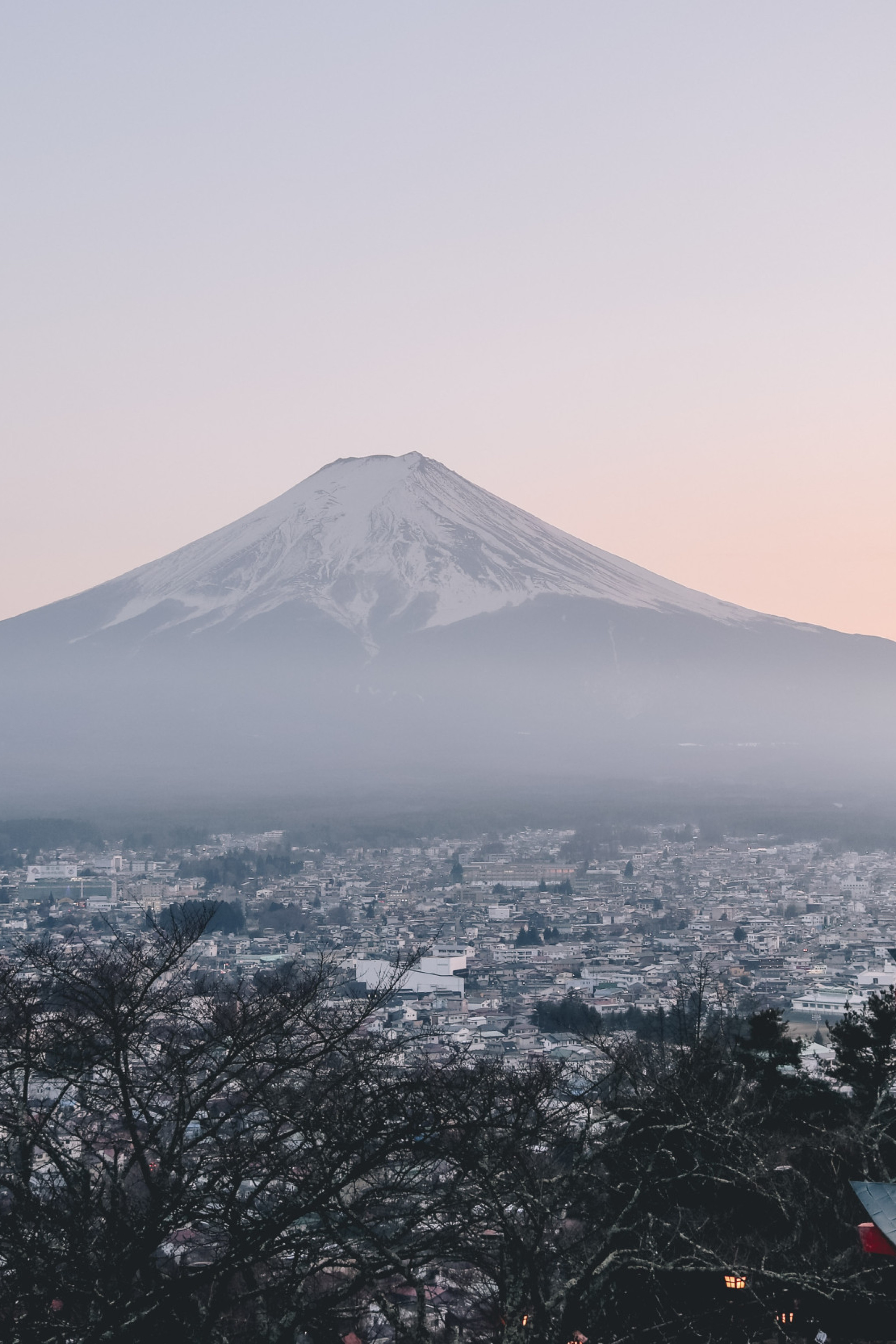
The perfect destination to escape the hustle and bustle of modern-day life.
In the hushed embrace of Japan's Kii Peninsula lies a sanctuary that transcends the boundaries of time and whispers of ancient wisdom. Koyasan is a remote mountain retreat that cradles one of the country's most revered Buddhist monastic complexes. As I embarked on a journey to unravel the secrets veiled within its misty hills, I found myself swept away by a current of serenity and cultural richness that emanated from every moss-covered stone.
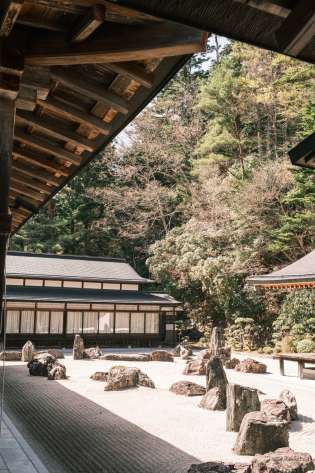
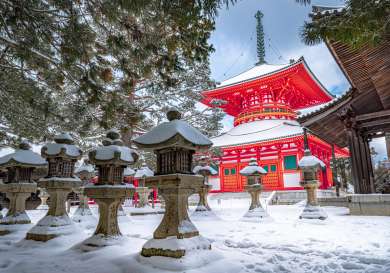
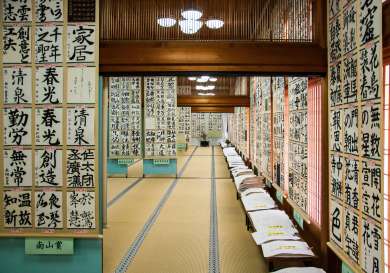
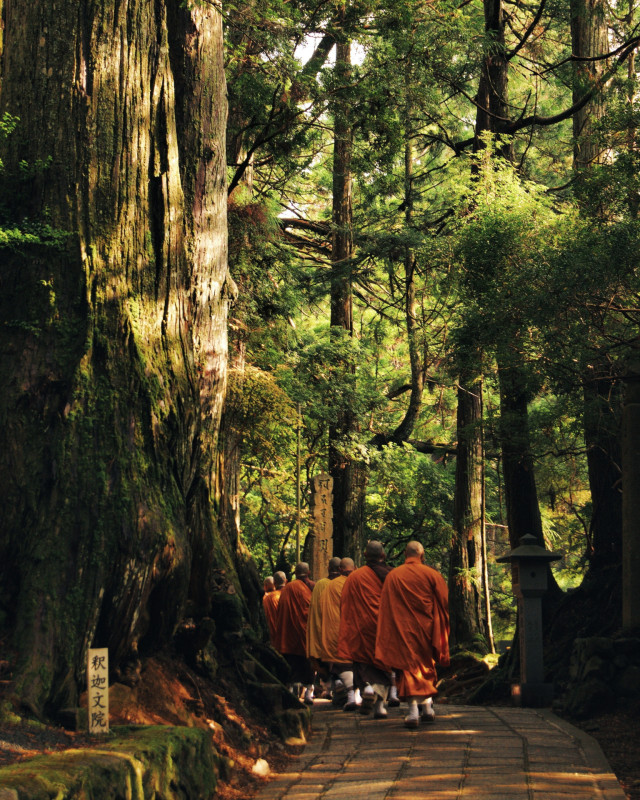
To truly immerse oneself in the monastic experience, lodging at one of Koyasan's shukubo, or temple lodgings, is essential. My chosen abode, Ekoin, offered a blend of modern comfort and traditional simplicity. Sliding shoji screens revealed a private garden, while a meticulously prepared vegetarian shojin-ryori meal beckoned, a testament to the monastic commitment to mindful living and sustainable practices. As the dawn painted the sky in hues of rose and gold, I ventured to witness the morning prayers at Kongobuji, Koyasan's central temple. The rhythmic chants of the resident monks echoed through the hallowed halls, creating an atmosphere that transcended the temporal. The intricate rock garden, designed to represent swirling dragons, served as a visual meditation, a reminder of the delicate dance between nature and the human spirit.
For those seeking a deeper understanding of Buddhism, the Shingon sect's Esoteric Buddhism Museum offered a curated glimpse into the profound teachings that have shaped Koyasan's spiritual legacy. Ancient manuscripts, sacred artifacts, and vibrant mandalas unveiled a tapestry of beliefs that have endured through the ages. Yet, Koyasan is not merely a capsule of the past; it breathes with the rhythm of the present. Engaging in the morning meditation sessions, or participating in the Ajikan meditation—a practice that invites introspection through the contemplation of a single syllable—provides a transformative experience, inviting guests to recalibrate their minds amidst the serene embrace of the mountains.
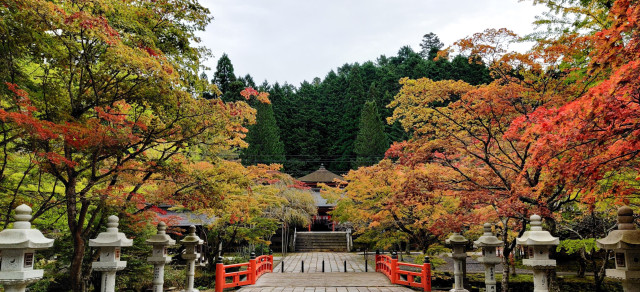
As I bid farewell to Koyasan, the tranquil embrace of its misty peaks lingered, etching an indelible mark on my soul. The journey to this remote monastery transcended the realm of a mere travel escapade; it was a pilgrimage to a sanctuary where time unfolds in the cadence of ancient rituals, and the spirit finds solace in the quietude of mindful existence. In the heart of Japan's Kii Peninsula, where tradition and tranquility converge, Koyasan stands as a testament to the enduring power of spiritual introspection—a sanctuary that invites the weary traveler to step beyond the temporal veil and discover the profound beauty of a mindful escape.
Share this Article
You Might Also Like
-

For Families, Romantics, and Wellness Seekers: Why Ritz-Carlton Bali Works for Everyone
Nestled in Nusa Dua, The Ritz-Carlton Bali is more than a five-star retreat, it’s a sanctuary of holistic luxury where Balinese design converges with serene wellness rituals.
-
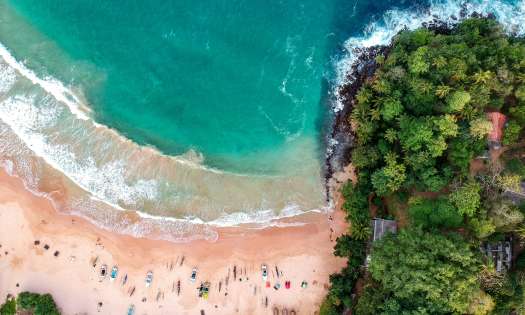
10 Best Places to Go in January 2026: Your Luxury Travel Guide
January is synonymous with starting anew. It's typically a time for setting goals, new ambitions, and fresh adventures. In this guide, discover some of the top destinations worth adding to your list to kick start 2026.
-
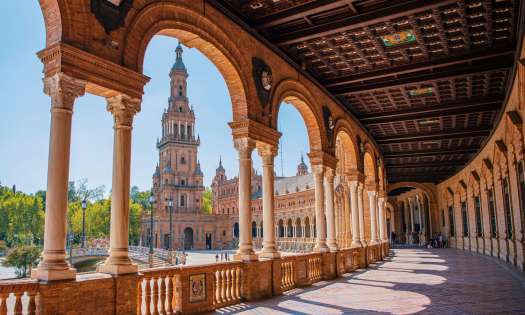
Seville Is The Perfect Pre-Christmas Escape - Here's Why
Nestled in Andalucia, Seville has long been a honeypot for travellers seeking uninterrupted sunshine, gastronomic excellence, and a healthy dose of culture. Here's why you should add the soulful Spanish city to your list in December.
-

In Conversation With Le Haus Founder Ronald Ndoro Mind
The Sybarite sat down with entrepreneur Ronald to discuss his latest venture, Le Haus, and the future of luxury travel. Read our exclusive interview with him below...
-

The Sybarite Gift Guide 2025: For The Traveller
-

Basel Christmas Market 2025: A Luxury Travel Guide
As the snow begins to fall, covering the ground with a light dusting, the sound of music can be heard playing softly in the distance.
-

What's On Our Radar This Month: January 2026
From hyped restaurant launches and themed events to the latest in hair and beauty, here are 14 things on the Sybarite’s radar this January.
-
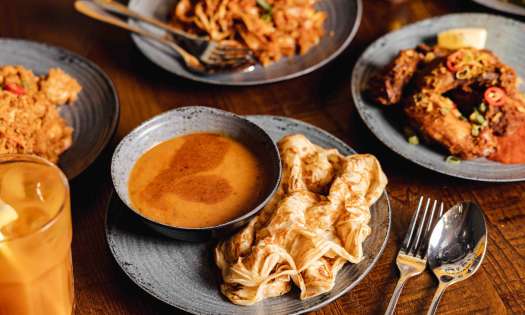
What's On Our Radar This Month: December 2025
From buzzy new restaurant launches and immersive exhibitions to the latest beauty releases, here are 12 things on the Sybarite's radar this December.
-

Editor's Picks: Party Season Edition
Deputy Editor Olivia Bennett selects the fashion showstoppers and wellness essentials to carry you through the party season.
-

The Sybarite Gift Guide 2025: For Him
Still looking for Christmas gift inspiration? Whether you're shopping for a friend, father or husband, these sartorial staples, timeless accessories, and grooming gifts are a good place to start.
-

The Sybarite Gift Guide 2025: For Her
Still looking for Christmas gift inspiration? This season we have curated the ultimate gift guide, starting with the hottest goodies in fashion, beauty and beyond to satisfy the chicest women in your life.
-

7 Of The Best Gourmand Perfumes For Winter
As the frost starts to take hold, discover our round-up of the best warming fragrances with an intoxicating gourmand twist.





